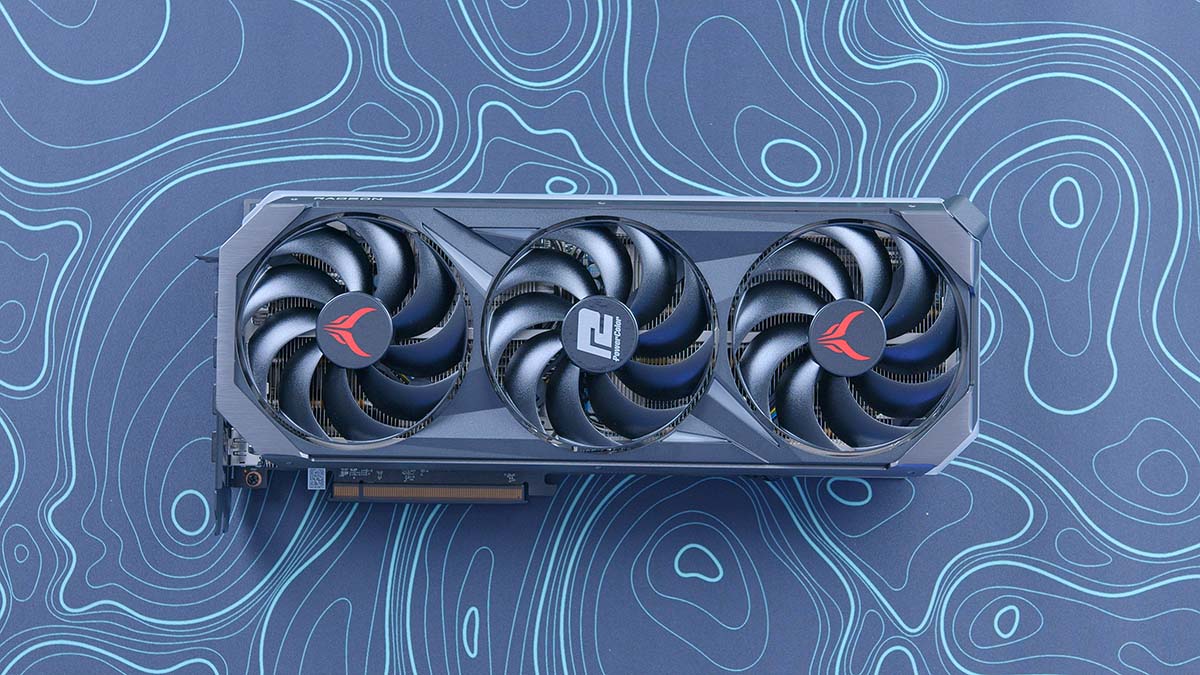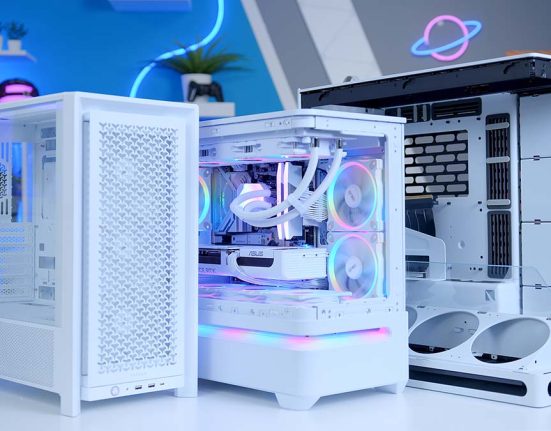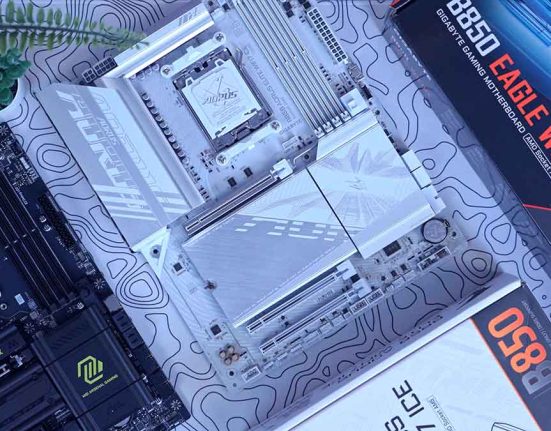AMD‘s brand new Radeon 7000 graphics cards have officially launched. The general reception of the 7800 XT is that this card is a solid value option, offering great performance within 1440p and 4K games. The 7700 XT is the weaker of the two, offering performance that’s geared more towards the 1080p and 1440p side of the market. The most important thing to note here is that these options are a mile better than NVIDIA right now, and come in at a much lower price point whilst still offering comparable and sometimes better performance.
We’ve taken a look at both of these RDNA3 graphics cards in a full review, covering performance metrics of the new options. But today we’ll be taking a look at pricing, to see how the MSRP of the new GPUs compares against the recommended retail pricing (RRP) since they’ve officially launched. In the US, the 7700 XT ships with an MSRP of $449.99, while the 7800 XT comes in a little higher at $499.99. I’d argue that both of these cards come in at a fair price, but it is worth noting that the more premium editions or ‘OC’ cards will be priced slightly higher in comparison.
AMD Radeon RX 7700 XT
The 7700 XT is the weaker of the two cards, coming in with an MSRP of $499.99, or for those in the UK £429.99. This gives AMD a fair bit of room to manufacture some more high-end models, such as the PowerColor Red Devil, or Sapphire Nitro +, that offer some extra benefits above just being able to run your games at a reasonable speed.

If you do plan on picking up a 7700 XT, we’d recommend purchasing a baseline MSRP model. While the more premium AIBs are nicer and provide better cooling and often a boost speed overclock, they’re generally quite expensive. The reason why the 7700 XT is such a solid option is because of its more than reasonable price point versus the performance. You’re netting a card that can comfortably run games at high frames at 1440p, with some decent legroom for 4K gaming too.
| Card Name | Amazon | Newegg | BestBuy | Box |
|---|---|---|---|---|
| Sapphire Pulse | – | $449.99 | – | – |
| Sapphire Nitro + | – | $499.99 | – | – |
| Gigabyte Gaming OC | – | $449.99 | $449.99 | – |
| PowerColor Red Devil | – | $489.99 | – | – |
| PowerColor Hellhound | – | $469.99 | – | – |
| PowerColor Fighter | – | $449.99 | – | – |
| ASRock Challenger | – | $449.99 | – | – |
| ASRock STEEL LEGEND | – | $469.99 | – | – |
| ASRock Phantom Gaming | – | $479.99 | – | – |
| XFX SPEEDSTER QICK319 | – | $459.99 | $459.99 | – |
| ASUS TUF Gaming | – | $469.99 | – | – |
AMD Radeon RX 7800 XT
The 7800 XT is the slightly more powerful sibling of the 7700 XT, coming in with an MSRP of $499.99 , or £479.99 in the UK. The majority of the GPUs within this range that aren’t MSRP cards are pretty expensive. We’ve even seen a couple of very premium cards that are worth more than $550 at a few retailers, which is pretty massive considering the MSRP of this GPU.

The 7800 XT is the card that we’d urge most consumers to consider, even if you’re looking at a 7700 XT. While the 7700 XT is a solid card, spending 50 dollars extra feels like a relatively small price to pay for a big jump in clock speed alongside more VRAM too. And the added benefit of this is stronger performance at 1440p and 4K, rivalling performance of the RTX 4070 Ti and even the 4080 in some instances.
| Card Name | Amazon | Newegg | BestBuy | Box |
|---|---|---|---|---|
| Sapphire Radeon (Reference Card) | – | $499.99 | – | – |
| Sapphire Pulse | – | $509.99 | – | – |
| Sapphire Nitro + | – | $559.99 | – | – |
| Gigabyte Gaming OC | – | $499.99 | $499.99 | – |
| PowerColor Red Devil | – | $489.99 | – | – |
| PowerColor Red Devil Limited Edition | – | $559.99 | – | – |
| PowerColor Hellhound | – | $519.99 | – | – |
| ASRock Challenger | – | $499.99 | – | – |
| ASRock STEEL LEGEND | – | $519.99 | – | – |
| ASRock Phantom Gaming | – | $529.99 | – | – |
| XFX SPEEDSTER MERC319 | – | $599.99 | $539.99 | – |
| XFX SPEEDSTER QICK319 | – | $519.99 | $519.99 | – |
| ASUS TUF Gaming | – | $519.99 | – | – |
After the launch of both of these cards, there’s some decent competition in the AIB space, with prices generally sitting at $10 increments. As a general rule, we’d advise picking up an MSRP card, but if you can’t, a multitude of these GPUs are extremely solid options. AMD have really brought the heat to NVIDIA, and we’re excited to see some much needed mid-range cards in this space.



![FI_[DM78] Corsair Air 5400 + 5090 Gaming PC Build](https://geekawhat.com/wp-content/uploads/2025/11/FI_DM78-Corsair-Air-5400-5090-Gaming-PC-Build-551x431.jpg)

![FI_[DP051] Antec C5 + 5070Ti Gaming PC Build](https://geekawhat.com/wp-content/uploads/2025/11/FI_DP051-Antec-C5-5070Ti-Gaming-PC-Build-551x431.jpg)


